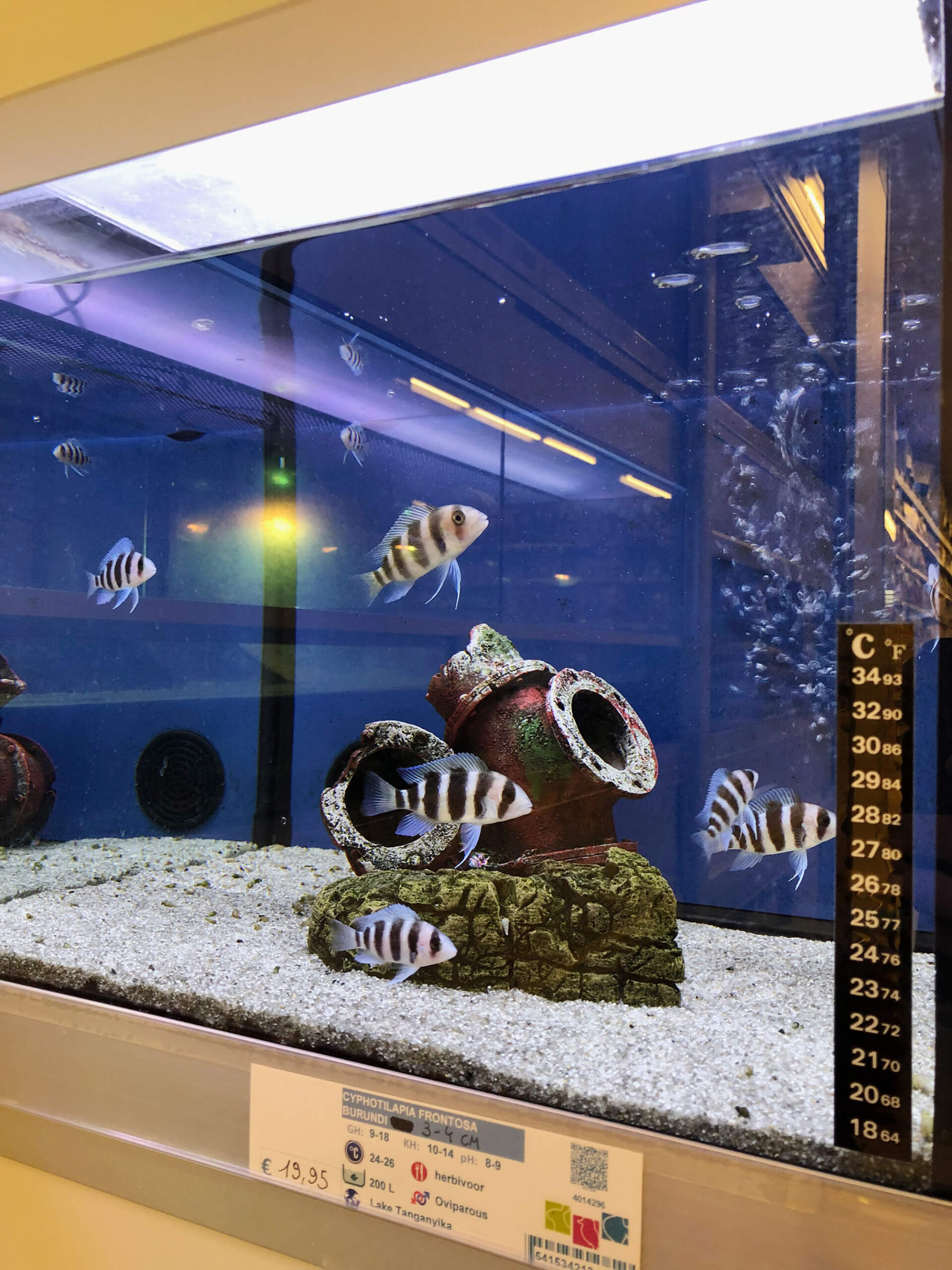What constitutes a ‘document’ and how does it function?
According to the Oxford English Dictionary, the etymological origin is the Latin ‘documentum’, meaning ‘lesson, proof, instance, specimen’. As a verb, it is ‘to prove or support (something) by documentary evidence’, and ‘to provide with documents’. The online version of the OED includes a draft addition, whereby a document (as a noun) is ‘a collection of data in digital form that is considered a single item and typically has a unique filename by which it can be stored, retrieved, or transmitted (as a file, a spreadsheet, or a graphic)’. The current use of the noun ‘document’ is defined as ‘something written, inscribed, etc., which furnishes evidence or information upon any subject, as a manuscript, title-deed, tomb-stone, coin, picture, etc.’ (emphasis added).
Both ‘something’ and that first ‘etc.’ leave ample room for discussion. A document doubts whether it functions as something unique, or as something reproducible. A passport is a document, but a flyer equally so. Moreover, there is a circular reasoning: to document is ‘to provide with documents’. Defining (the functioning of) a document most likely involves ideas of communication, information, evidence, inscriptions, and implies notions of objectivity and neutrality – but the document is neither reducible to one of them, nor is it equal to their sum. It is hard to pinpoint it, as it disperses into and is affected by other fields: it is intrinsically tied to the history of media and to important currents in literature, photography and art; it is linked to epistemic and power structures. However ubiquitous it is, as an often tangible thing in our environment, and as a concept, a document deranges.
the-documents.org continuously gathers documents and provides them with a short textual description, explanation,
or digression, written by multiple authors. In Paper Knowledge, Lisa Gitelman paraphrases ‘documentalist’ Suzanne Briet, stating that ‘an antelope running wild would not be a document, but an antelope taken into a zoo would be one, presumably because it would then be framed – or reframed – as an example, specimen, or instance’. The gathered files are all documents – if they weren’t before publication, they now are. That is what the-documents.org, irreversibly, does. It is a zoo turning an antelope into an ‘antelope’.
As you made your way through the collection,
the-documents.org tracked the entries you viewed.
It documented your path through the website.
As such, the time spent on the-documents.org turned
into this – a new document.
This document was compiled by ____ on 29.01.2024 22:46, printed on ____ and contains 16 documents on _ pages.
(https://the-documents.org/log/30-01-2024-5567/)
the-documents.org is a project created and edited by De Cleene De Cleene; design & development by atelier Haegeman Temmerman.
the-documents.org has been online since 23.05.2021.
- De Cleene De Cleene is Michiel De Cleene and Arnout De Cleene. Together they form a research group that focusses on novel ways of approaching the everyday, by artistic means and from a cultural and critical perspective.
www.decleenedecleene.be / info@decleenedecleene.be - This project was made possible with the support of the Flemish Government and KASK & Conservatorium, the school of arts of HOGENT and Howest. It is part of the research project Documenting Objects, financed by the HOGENT Arts Research Fund.
- Briet, S. Qu’est-ce que la documentation? Paris: Edit, 1951.
- Gitelman, L. Paper Knowledge. Toward a Media History of Documents.
Durham/ London: Duke University Press, 2014. - Oxford English Dictionary Online. Accessed on 13.05.2021.

July. Our eight-month-old son has a fever. We have a hard time getting him to drink enough. The tally marks on the back of a tortellini-box keep track of the diapers he wets and the millilitres of milk and electrolytes he’s able to hold down.
Stuck inside with worrying parents, a sticker-book about a farm is his brother’s favourite pass-time. Tired of having to go back and forth between the pastures and the sticker-filled sheets we decide to use my arm as a repository for animals that share a habitat.
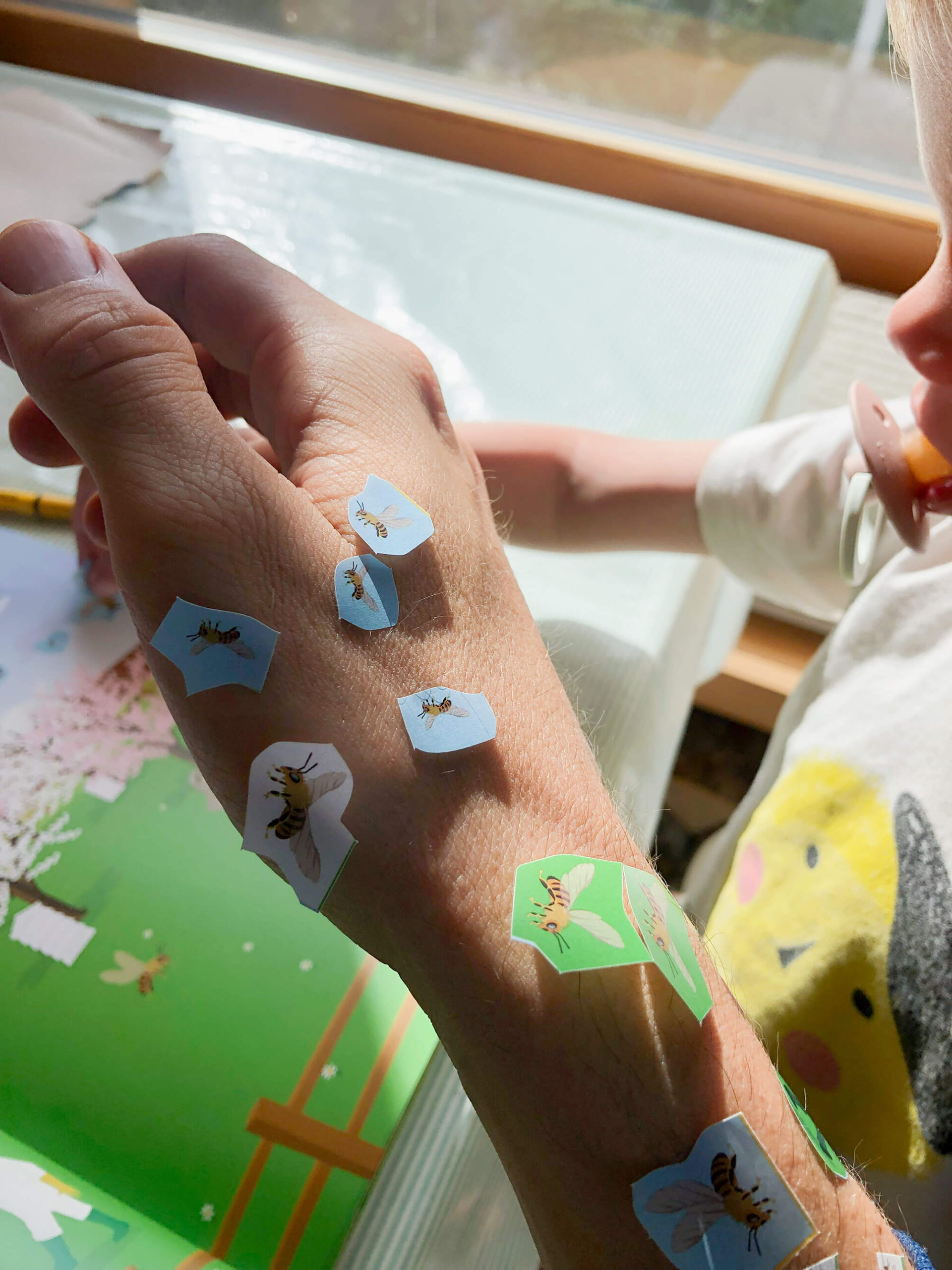
A half a day’s walk from the Fuente Dé teleférico, there are less and less traces of passers-by. The path to Sotres suddenly runs through a lusher green. The fence between two pastures keeps the sheep from crossing and coincides with the border between two regions. A hole in the fence would change the landscape’s hue.

Today I brought an old bedspring, the styrofoam the air-humidifier came in, a few bags of sawdust and some scrap pieces of plywood to the municipal recycling center. As I was waiting to mount the stairs to the scrap metal container, a gray-haired man wearing blue leather shoes, dark jeans and a checkered shirt was tipping – with relative ease – a weight bench over the edge of the container.
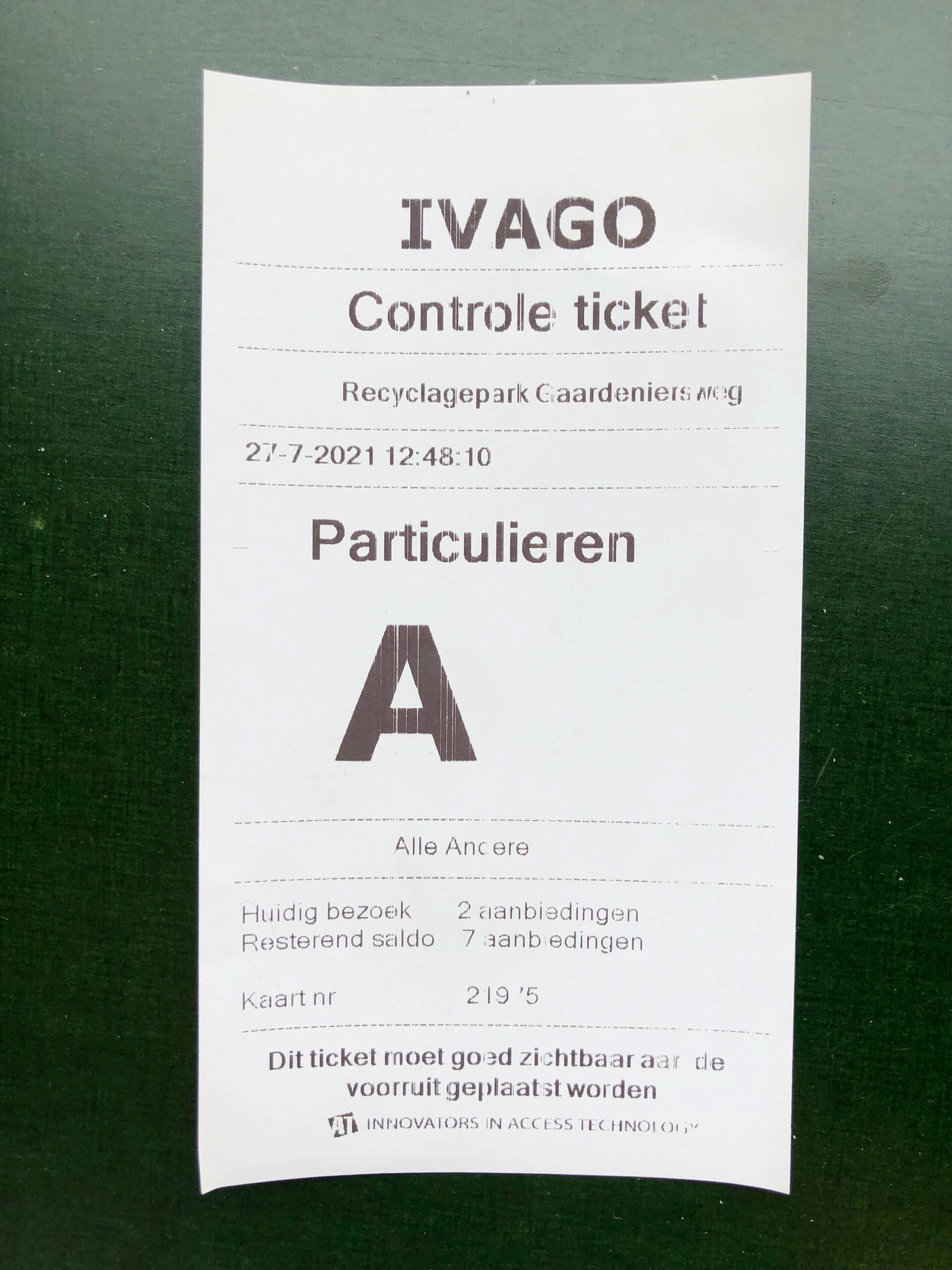
The building is almost finished. One apartment is still up for sale, on the top floor. The contractor is finishing up. There’s a long list of comments and deficiencies that need to be addressed before the building can be handed over definitively to the owner. The elevator’s walls are protected by styrofoam to prevent squares, levels, measures, drills, air compressors, chairs, bird cages, etc. from making scratches on the brand new wooden panelling.
In 1932 Brassaï began taking photographs of graffiti scratched into walls of Parisian buildings. On his long walks he was often accompanied by the author Raymond Queneau, who lived in the same building but on a different floor. Brassaï published a small collection of the photographs in Minotaure, illustrating an article titled ‘Du mur des cavernes au mur d’usine’ [‘From cave wall to factory wall’].
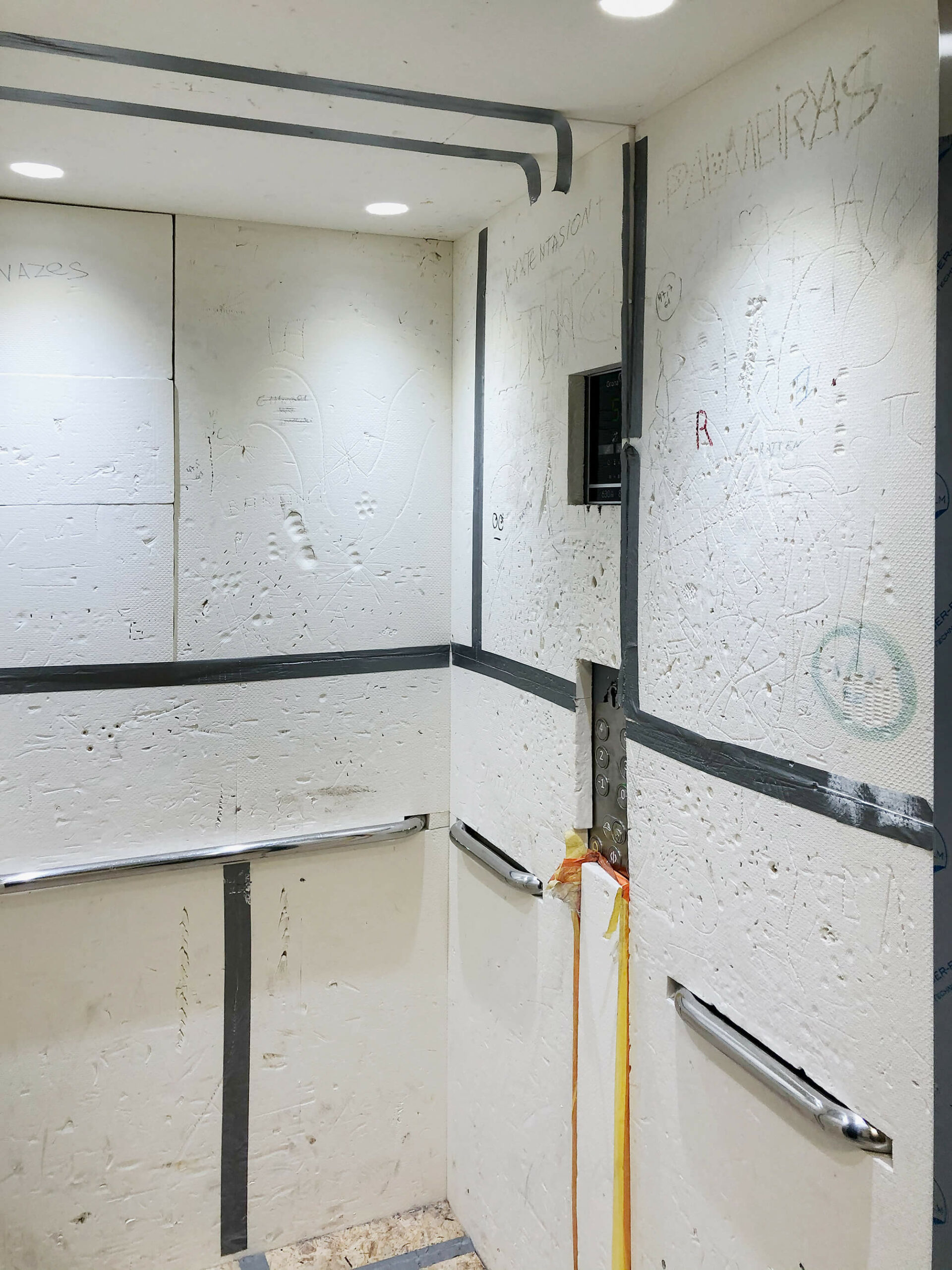
‘Meunerie Duyckers & Conors, les nouveaux moulins’, better known as ‘De Nieuwe Molens’, is a flour mill established in 1897 in the north of Gent along the Verbindingskanaal. Due to increased production, the original 1897 building doubled in 1904.
Only the facade of the iconic warehouse has been preserved along with the recently renovated gasometers. The building is now part of the Tondeliersite. It has been converted into lofts and flats, and was extended with a new construction.
https://inventaris.onroerenderfgoed.be/erfgoedobjecten/18269

In Walter Benjamin’s The Arcades Project, Convolute Q is dedicated to the panorama. Benjamin writes: ‘Setup of the panoramas: View from a raised platform, surrounded by a balustrade, of surfaces lying round about and beneath. The painting runs along a cylindrical wall approximately a hundred meters long and twenty meters high. The principal panoramas of the great panorama painter Prévost: Paris, Toulon, Rome, Naples, Amsterdam, Tilsit, Wagram, Calais, Antwerp, London, Florence, Jerusalem, Athens. Among his pupils: Daguerre’ (Q1a, 1).
Benjamin, W. The Arcades Project (H. Eiland & K. McLaughlin, trans.). Cambridge/London: The Belknap Press of Harvard University Press, 2002, p. 528.
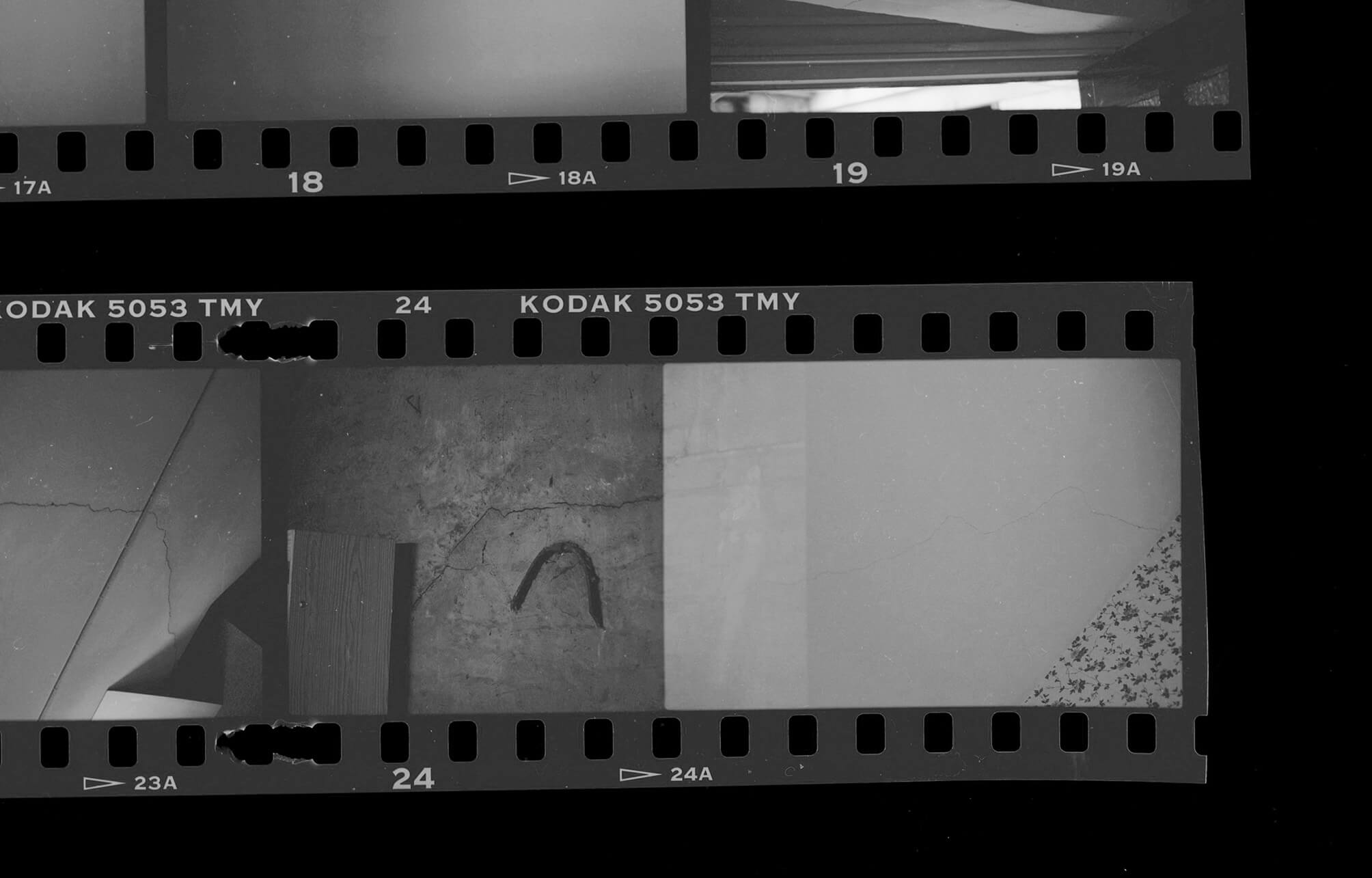
A Sunday stroll near my parents’ house. Along one of the roads between the fields, old poplars have been felled. Young trees have been planted. Each one has a baby blue coloured label, identifying them as Poplar tree, and, more specifically, the ‘Vesten’ cultivar. This cultivar is planted since it is one of the cultivars known for its resistance with regards to bacteria, diseases and insects. The tags on the trunks have staples keeping them together. They’re like bracelets. Come spring, the expanding diameter of the fast growing poplar species’ trunk will tear them apart.
Steenackers, M., Schamp, K., & De Clercq, W. (2018). De INBO variëteiten van populier, een aanwinst voor de Europese populierenteelt. Silva belgica : tijdschrift van de koninklijke belgische bosbouwmaatschappij = bulletin de la société royale forestière de belgique, N°4/2018, 40-47. [5].
https://purews.inbo.be/ws/portalfiles/portal/15044340/Dossier_populier_INBO_KBBM.pdf

According to @missbluesette, the green K-10 put up for sale by Fred from Zwolle that I came across on marktplaats.nl on 29 September 2022 is not green, but blue. The colour resembles turquoise, I explain, a colour I have always called green. No, turquoise is not green, but blue, she replies. And the texts of my Instagram posts are too long, she says, so she doesn’t read them.
Lars Kwakkenbos lives and works in Brussels and Ghent (B). He teaches at KASK & Conservatorium in Ghent, where he is currently working on the research project ‘On Instructing Photography’ (2023-2024), together with Michiel and Arnout De Cleene.
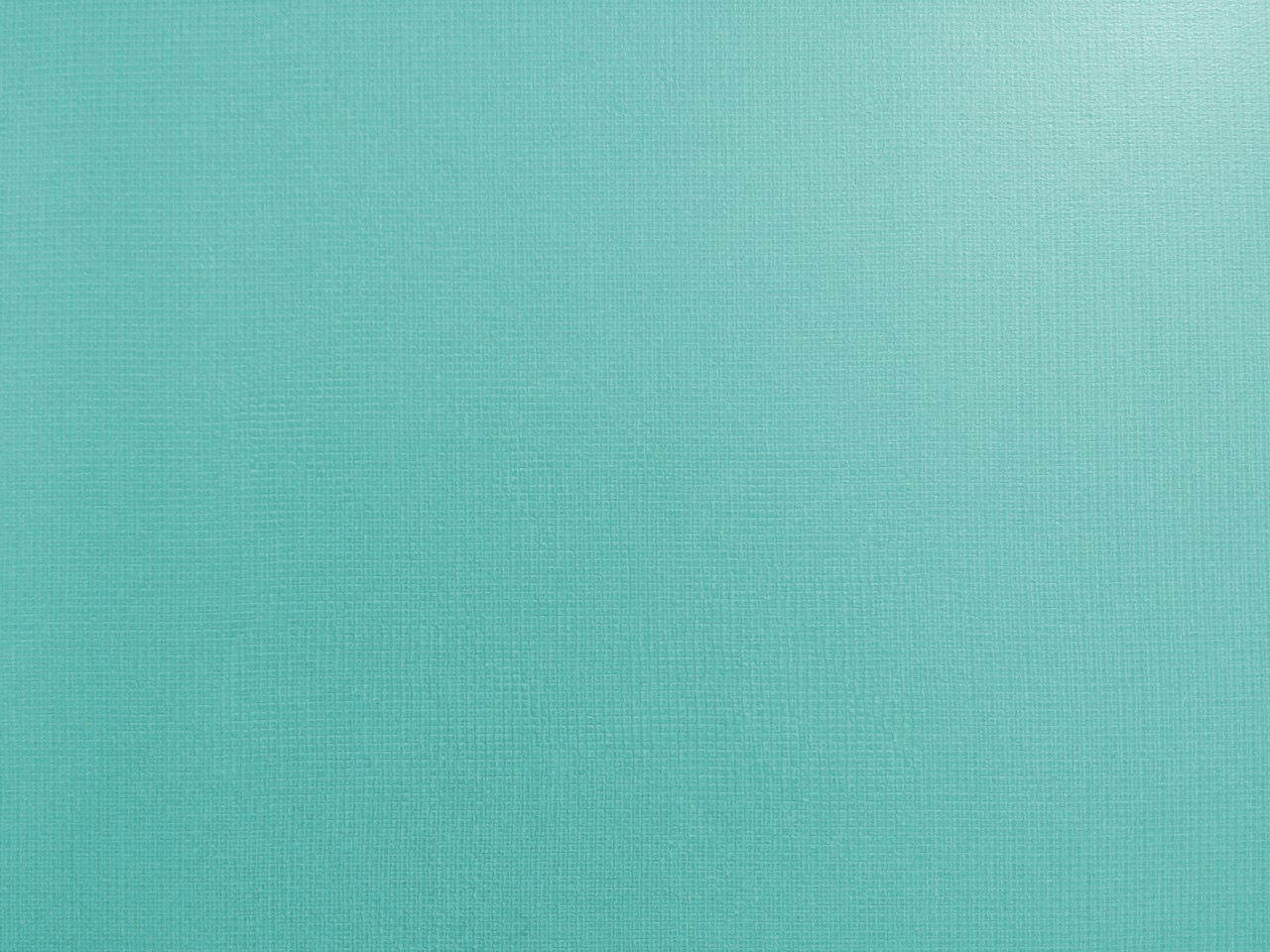
In Six Stories from the End of Representation, James Elkins writes: ‘Astrophysicists are well practised in “cleaning up” photographic plates by adjusting colour and contrast, removing images of dust, correcting aberrations, restoring lost pixels, and balancing uneven background illumination. When it comes to blur, the usual strategy is to specify what counts as “smooth” and what counts as “pointlike,” and then refine the image until it exhibits the required pointlike properties’1. Still, some astronomic images keep a certain amount of blur (although it would be technically possible to delineate them). Elkins continues: ‘blur does not need to be a matter of distance from some hypothetical optimal clarity: it can be a functional scale, independent of the viewer’s notions of clarity and even of the image itself’2.
On the night of 22 November 2021, I join John Sussenbach in his backyard while he captures Neptune.
He invites me to join him and his wife for dinner. A prayer. Soup and bread. The images he makes, he explains, are complex from a temporal point of view. The light coming from Neptune has travelled for four hours before it reaches us. Moreover, these images are not photographs of a singular moment, but stacked frames of a video-recording. In doing so, he can, to some extent, eliminate the effects of a bad ‘seeing’: the negative effect atmospheric turbulence has on the light that reaches the telescope.
A bright dot is jumping around on his laptop’s screen. ‘That’s Neptune’, he says. With his index finger he follows the dot. ‘That’s the bad seeing. That’s the unrest.’
The next day I send him the photograph I took of him standing on his ladder, dangerously placed on the edge of the tarp covering his pool. ‘Nice to see the open star cluster Pleiades in your photograph’, he replies. He attaches the image he made that night: ‘If there would have been a clear storm on Neptune, it would have shown’.
Image by John Sussenbach. 22 November 2021 19.00 UT North up
C14 f/11 and ASC462MC camera plus ADC, Houten (NL)
Elkins, J. Six Stories from the End of Representation. Images in Painting, Photography, Astronomy, Microscopy, Particle Physics, and Quantum Mechanics, 1980-2000. Stanford: Stanford University Press, 2008, 59.
Ibid., 62-63.
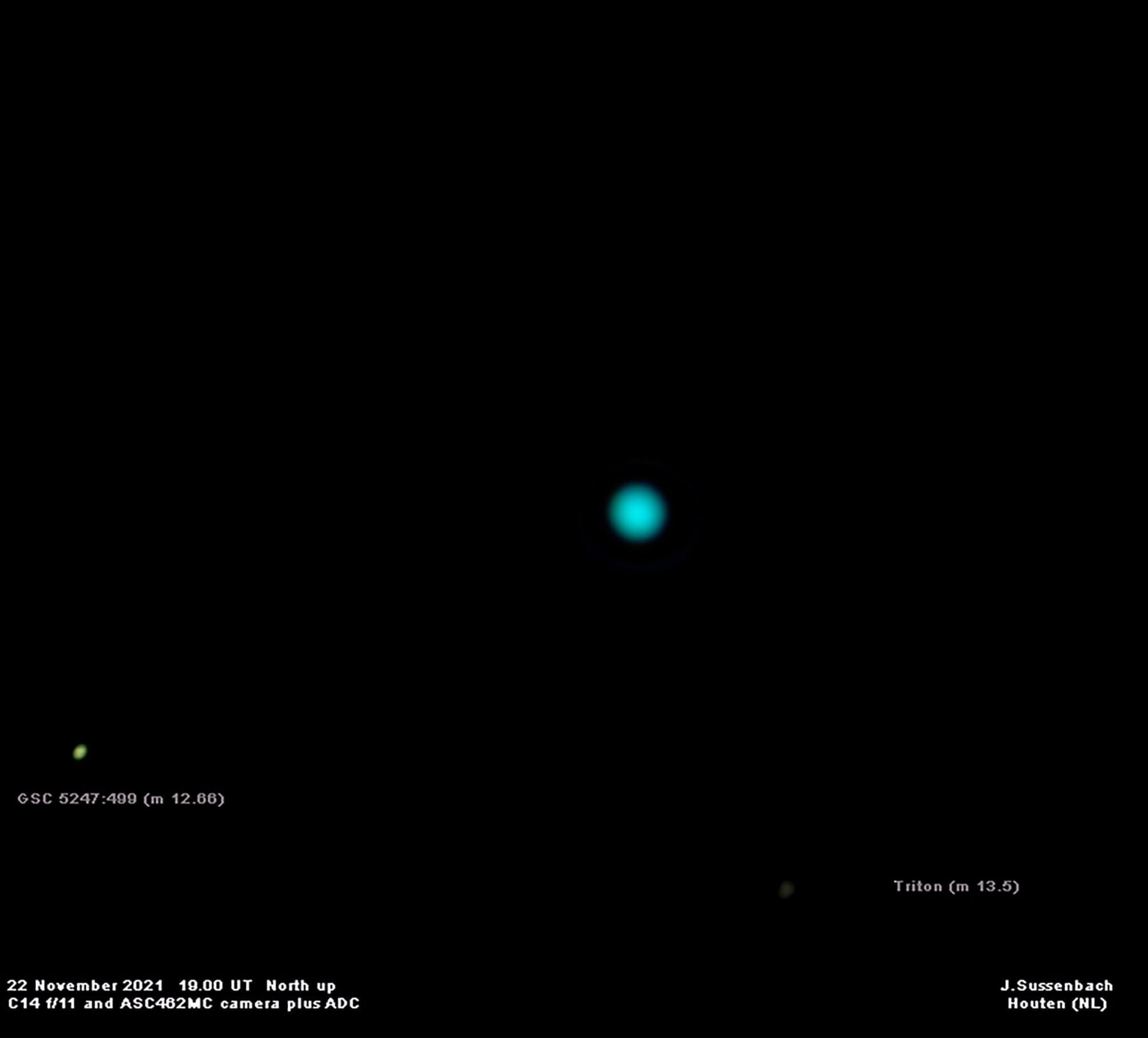

It is said that ‘if a space traveller were unfortunate enough to enter the atmosphere of one of the giant planets [such as Neptune], he or she would not find a single solid surface. Instead, as he or she descended into the planet, our traveller would find that the temperature, pressure, and density would all continue to increase smoothly, with no sharp transitions. Assuming that he or she was adequately protected from the temperature, pressure, and radiation, our traveller would eventually “float” at that level in the atmosphere where the surrounding density and his or her own density were equal.’1
It is said that it storms on Neptune.
Violently.
1200 mph.
They observed a great dark spot and called it: The Great Dark Spot.
It rains diamonds on Neptune.
Miner, E.D. & R.R. Wessen. Neptune. The Planet, Rings and Satellites. Chichester: Springer-Praxis, 2002, p. 18.
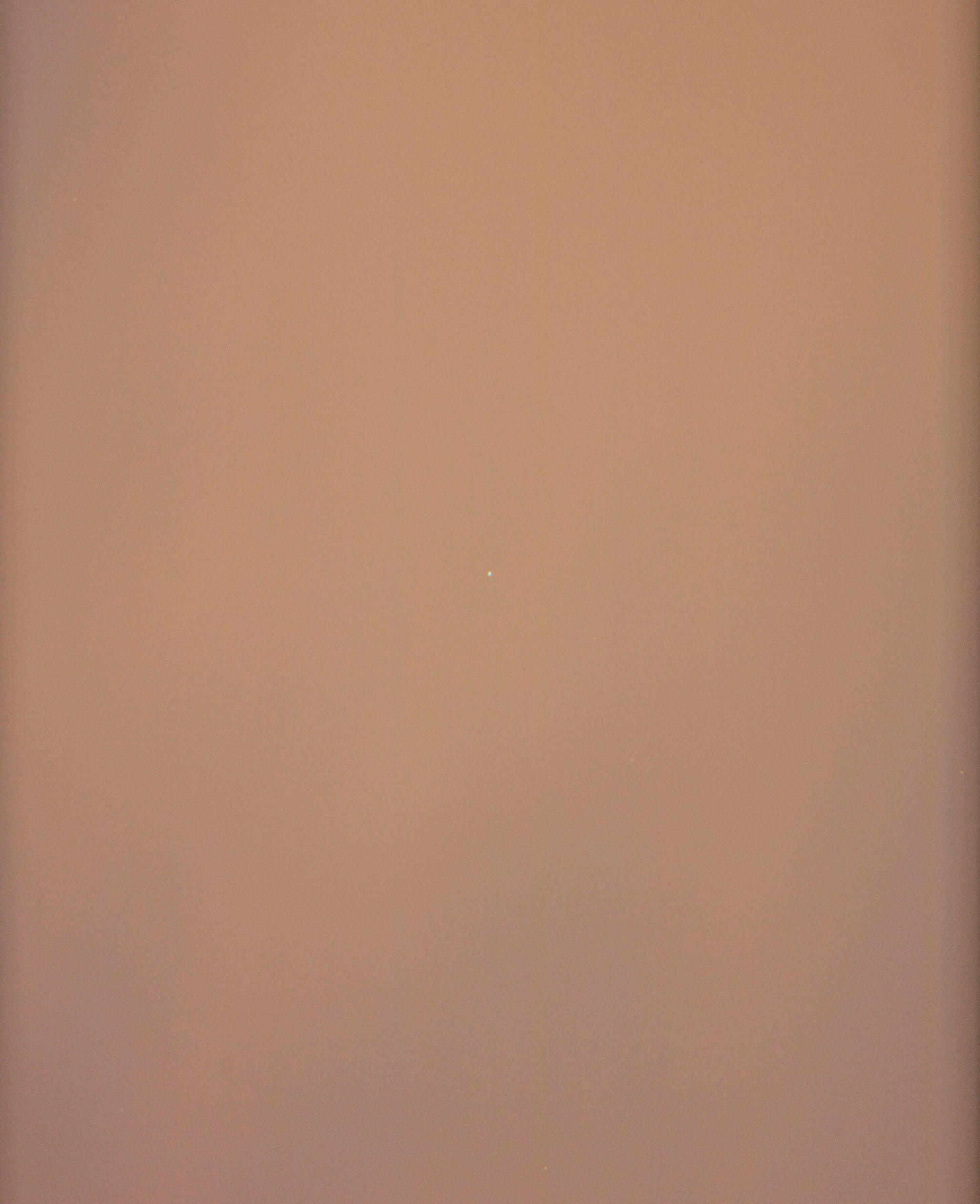
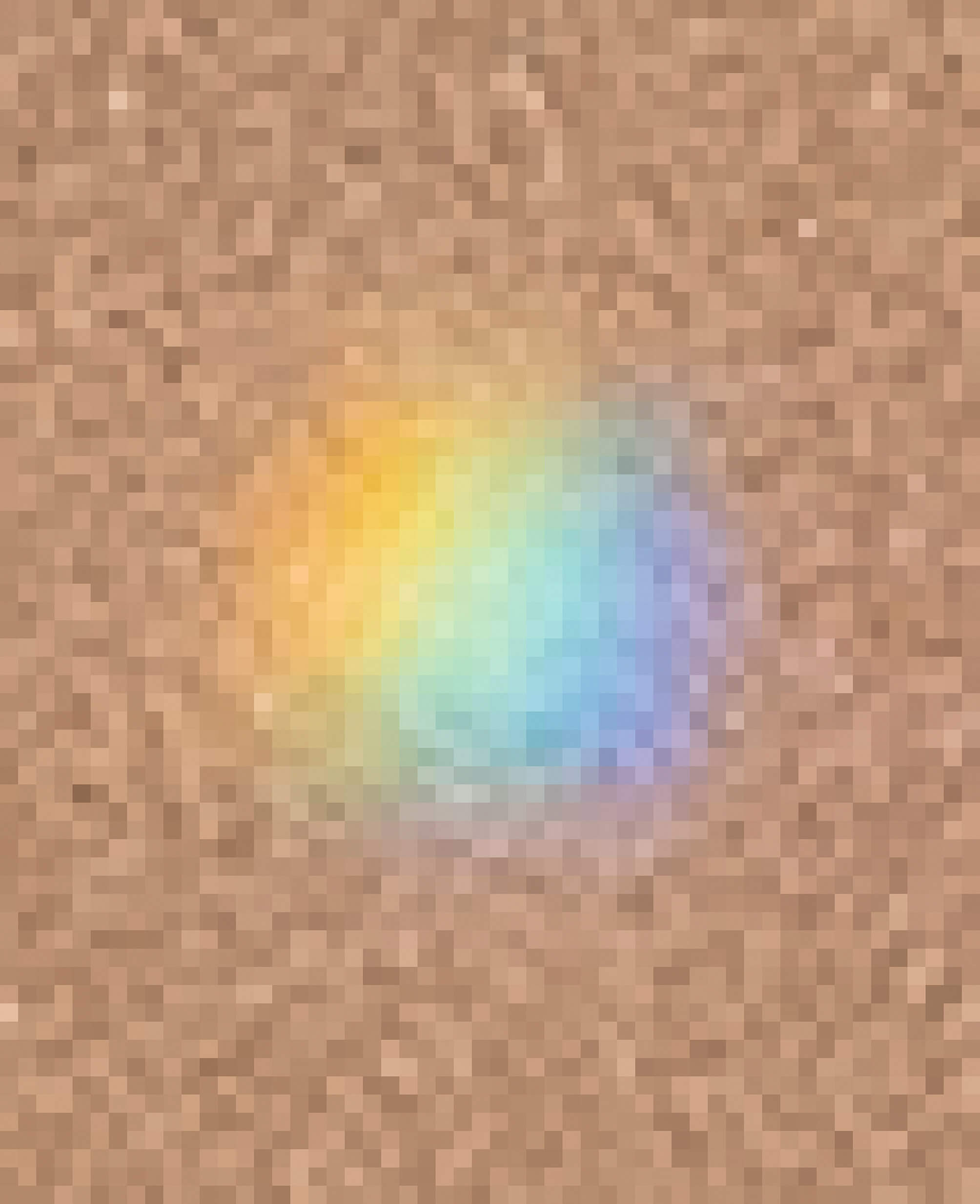
The planet Uranus should have followed a course as predicted by Newton’s laws. It didn’t. There were ‘residuals’, the 19th-century observers said: irregular data, which had to be interpreted as Uranus deviating from the projected trajectory. They could think of three possibilities. A) The planet Uranus was too far away from the Sun, which might render the Law of Gravitation invalid. B) The observations were incorrect. C) There was another planet, still further and yet unknown, with its own gravitational field and pull, causing Uranus to deviate from its course.
Following hypothesis C, astronomers predicted the position of a planet with a gravitational field, influencing Uranus, by means of mathematical calculations. Telescopes were directed to that calculated spot. There was a luminous point, with a touch of bright azure blue.

Robert Nemiroff and Jerry Bonnell’s lesser known project (R.N. and J.B. being the creators of Astronomy Picture of The Day), was making websites containing over a million of digits of square roots of irrational numbers, e.g. seven. ‘They were computed during spare time on a VAX alpha class machine over the course of a weekend. […] We believe these are the most digits ever computed for the square root of seven on or before 1 April 1994.’ Elsewhere, R.N. states: ‘They are not copyrighted and we do not think it is legally justifiable to copyright such a basic thing as the digits of a commonly used irrational number.’ If one wanted to get a copy of the 10 million digits of the square root of the number e R.N. and J.B. computed in their spare time, one can send an email to R.N. at nemiroff@grossc.gsfc.nasa.gov.
https://apod.nasa.gov/htmltest/gifcity/sqrt7.1mil
https://apod.nasa.gov/htmltest/rjn_dig.html
https://apod.nasa.gov/htmltest/rjn.html

‘Submission for an art project named the-documents.org’ is a collection of 9 images1 generated by DALL·E mini2, an open-source AI model, on the basis of the prompt ‘Submission for an art project named the-documents.org’.
DALL·E mini is a freely available AI tool that generates images based on a description of the desired image (a prompt) provided by a user.
Though DALL·E mini seems to be primarily used as a source of humour within the online community – being able to create a set of images from any specific or abstract prompt – it also gives rise to more serious questions on AI ethics and copyright. As the model is trained with unfiltered data from the internet, it may reinforce societal biases, generating images that contain stereotypes against minority groups. DALL·E mini and similar, more advanced tools, are also capable of creating art ‘in the style of’ when they have sufficient data to source from (e.g. using a prompt as “Van Gogh painting the Eiffel Tower”). This leads to the legal and ethical question whether an artist should have a say in the use of his/her artwork as AI input data, and whether the artist should be able to claim rights for AI generated images based on this data.

DALL·E mini was created by Boris Dayma et al. 2021-2022, https://huggingface.co/spaces/dalle-mini/dalle-mini, to be migrated to www.craiyon.com
Ward Verwaeren is a legal counsel in the tech industry, and former IP lawyer. He tries to know more about art than the average lawyer, and more about law than the average artist.

Our one year old’s favourite toy he’s not supposed to play with is the HP Officejet Pro L7590 All-in-one in my office. I have given up on forbidding him to play with it. We have a new game: he brings me one of his other toys, we put it on the flatbed, close the lid – as far as possible –, press the button ‘START COPY – COLOR’ and wait for the print to come out of the machine. When we place the original onto the copy, he laughs. So far we have copied his blue pacifier, his planet-earth-bouncy-ball and his rattling crocodile.

When I grew up, my parents told me that the number of raisins in the local baker’s raisin bread attested to the result of the most recent soccer match of KAA Gent. A victory was celebrated by throwing more raisins into the dough than usual, a loaf following a painful loss was hardly a raisin bread at all.
The baker retired long ago. Today my two-year-old son picked out all the raisins from his slice of bread. KAA Gent’s last game was a tie against Union.
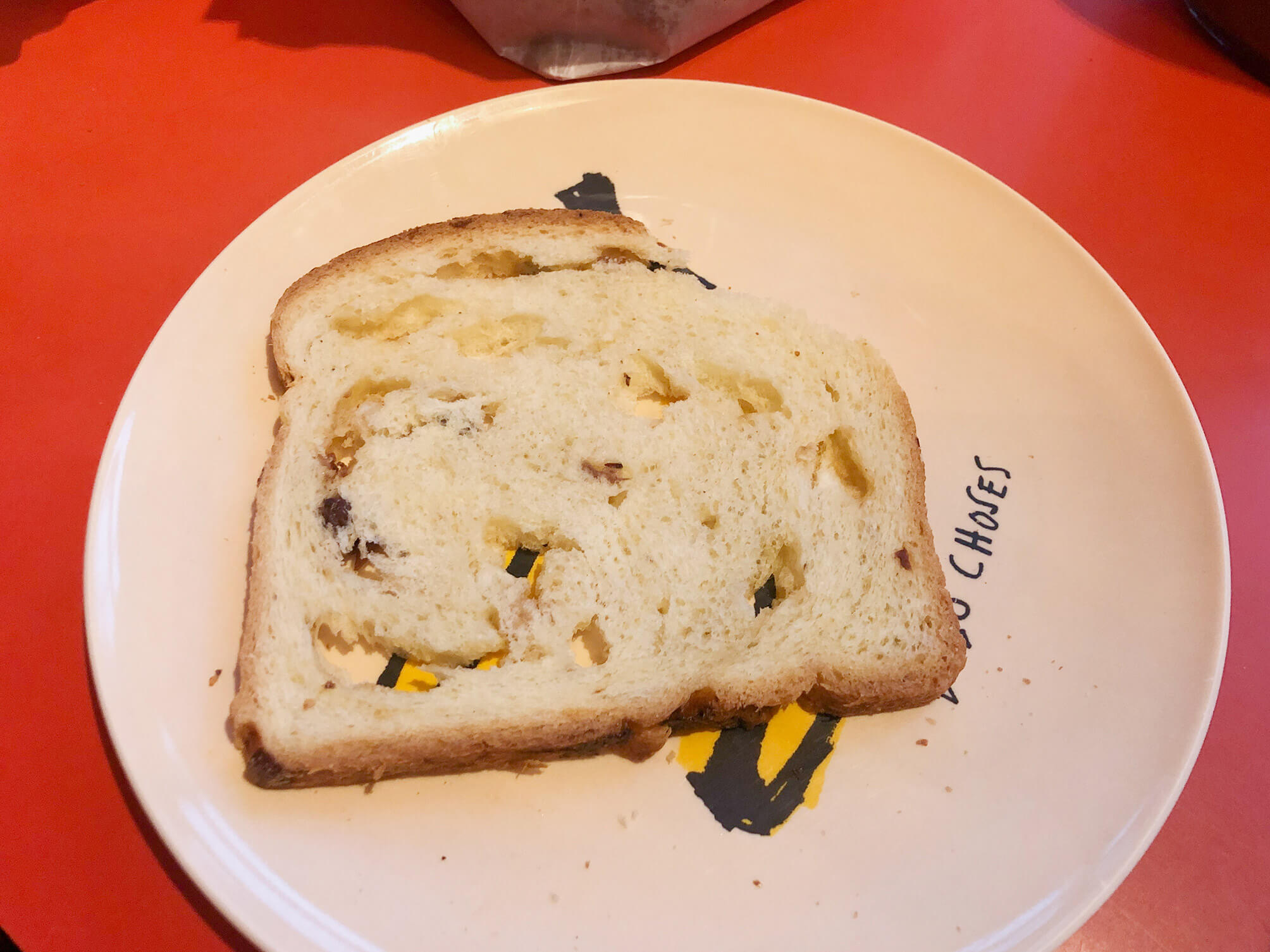
On Mondays, before noon, I go to the supermarket with my two-year-old son. After passing the lasagnes, the loaves of bread and the fruit and vegetables, we make a short stop at the aquarium with the lobsters. Around New Year, there are two of them.
After we’ve paid for the groceries and have put them in the car, we walk into the pet shop. We look at the parrots (Jacques, Louis and Marie-José), the rabbits, the guinea pigs, the assorted caged birds and the fish and turtles. He’s very fond of the Cyphotilapia Frontosa Burundi. He calls them zebras. They hail from Lake Tanganyika, the label says. It’s the second-oldest freshwater lake, the second-largest by volume and the second-deepest. The pet shop has adorned their aquarium with a scene of ocean waste.
In an effort to avert guilt, I look for something cheap and more or less useful to buy: birdseed, a snack for the neighbour’s cat, a comb for his grandparent’s Labrador, etc.
